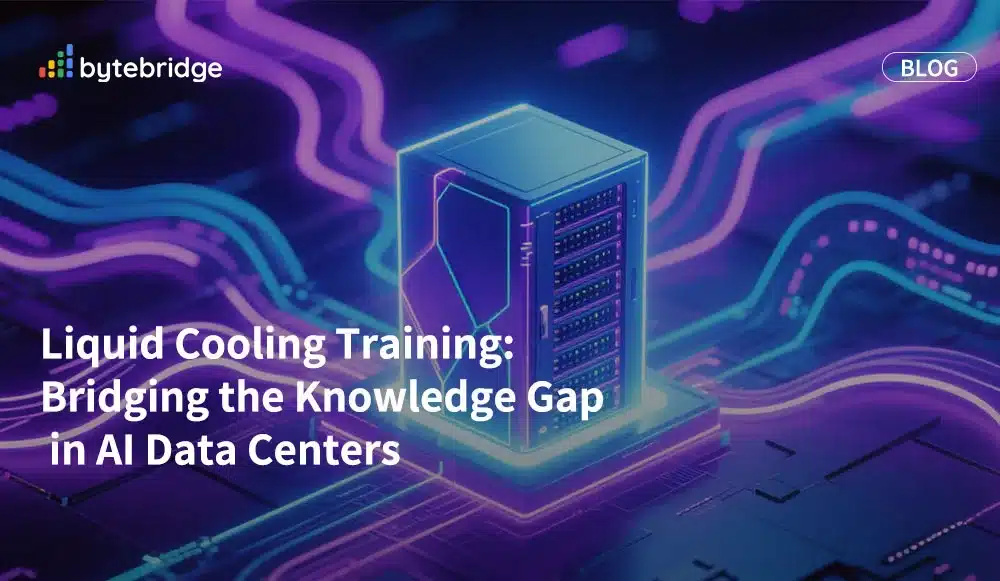In the rapidly evolving landscape of AI data centers, liquid cooling has emerged as a critical solution to manage the intense thermal loads generated by high-density computing infrastructure. However, the transition to liquid cooling systems presents significant challenges, particularly in terms of specialized knowledge and expertise. This is where comprehensive liquid cooling training becomes indispensable for organizations aiming to harness the full potential of this advanced technology.
The Growing Demand for Liquid Cooling Training
As AI workloads continue to escalate, traditional air-cooling methods are becoming increasingly inadequate. Liquid cooling offers superior efficiency and performance, but it requires a distinct skill set. Engineers and technicians must understand the intricacies of liquid cooling systems, including fluid dynamics, heat transfer principles, system design, and maintenance protocols. Without proper training, the deployment and operation of these systems can be fraught with risks, from leaks and corrosion to inefficient performance and costly downtime.
The Role of Liquid Cooling Training
Effective liquid cooling training equips professionals with the specialized knowledge needed to design, implement, and maintain liquid cooling solutions. It covers a wide range of topics, from the fundamentals of liquid cooling technologies—such as direct-to-chip and immersion cooling—to advanced aspects like computational fluid dynamics (CFD) simulations and thermal load assessments. Training programs also emphasize practical skills, including installation, troubleshooting, and preventive maintenance, ensuring that personnel can confidently manage liquid cooling systems in real-world scenarios.
Moreover, liquid cooling training bridges the knowledge gap within organizations. It empowers teams to make informed decisions, optimizes system performance, and reduces reliance on external expertise. This is particularly valuable in the context of ByteBridge’s Liquid Cooling-as-a-Service (LCaaS) model, where organizations can leverage fully managed liquid cooling solutions without significant upfront capital investment. Even with such comprehensive services, having in-house trained professionals enhances the overall effectiveness and adaptability of the cooling infrastructure.
Integrating Training with Liquid Cooling Solutions
ByteBridge’s LCaaS model provides end-to-end solutions for AI data center cooling, including planning, design, deployment, and ongoing management. While this model alleviates many operational burdens, liquid cooling training ensures that organizations can fully utilize and collaborate with these services. Trained personnel can better communicate requirements, understand system capabilities, and contribute to optimal system performance. They can also handle routine tasks and quickly respond to issues, reducing response times and enhancing system reliability.
Furthermore, training aligns with ByteBridge’s commitment to minimizing capital expenditures (CapEx) by shifting to an operating expenses (OpEx) focused model. By investing in training, organizations can reduce long-term operational costs associated with system inefficiencies and downtime, maximizing the return on their LCaaS investment.
Looking Ahead
As AI-driven data centers continue to advance, the importance of liquid cooling training will only grow. It represents a strategic investment in organizational capabilities, enabling businesses to keep pace with technological advancements and sustainability goals. By prioritizing liquid cooling training alongside innovative solutions like ByteBridge’s LCaaS, organizations can ensure they are well-equipped to manage the thermal challenges of next-generation AI workloads, driving efficient, scalable, and future-proof infrastructure.






